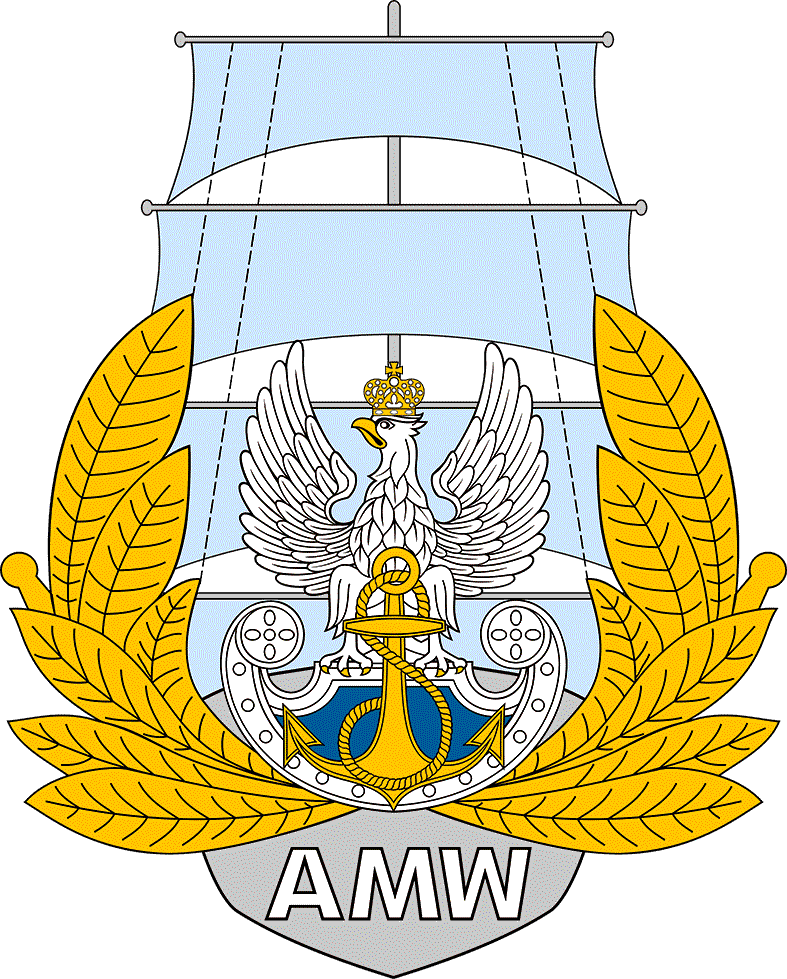ILLNESS AND HEALTH IN THE KINGDOM OF PRUSSIA IN THE NINETEENTH CENTURY (1806–1871)
Keywords:
Prussia, illness, Health, hospital, epidemics, doctor, folk healerAbstract
In the nineteenth century,the state of medical knowledge, also in Prussia changed tremendously. There was a great advancement of gynecology, which became a university subject. Moreover, a number of state obstetrics schools came into being, replacing the midwife-amateur. Some attempts of more humantreatment of patients with mental illnesses were made; however, knowledge in this field was rather remote. The 18thand 19thc. gripe were epidemics such as smallpox, measles, fever, typhoid, cholera, tuberculosis, dysentery, which still collected massive harvest at that time. Syphilis was a significant problem, especially in the army. The improvement in the treatment of smallpox occurred only after the introduc-tion of compulsory vaccination. The emergence of antiseptics and anesthesia was the great innovation of the nineteenth century. This allows the vast decreased in maternal mortality. Until the end of the century the mortality rate was very high, and human life short. The num-ber of physicians increased, but there were still few and still they were an urban phenome-non. In 1849 in Prussia, 80% of 5595 doctors lived in cities, much more in eastern than western provinces. In the rural areas, due to the absence of doctors, healers, religious and folk medicine were of great significance. Forthe first time idea of the modern hospital ap-peared in the eighteen century, in the nineteenth century it became a mass phenomenon. Since the eighteenth century there was a much vaster structure of state administration with the Ministry of Health at the helm, including a city and county doctors. Gradually significant improvement in the quality of food at lower layers decreased the incidence and improved quality of life. Fertilization increased yields, the growth of potatoes became prevalence, sugar beet, grown up cattle and increased intake of meat. The meat started to be froze. Along with it and the popularization of the rail, the area's affected by hunger were more easily resured by fast shipmentand export over long distances.






